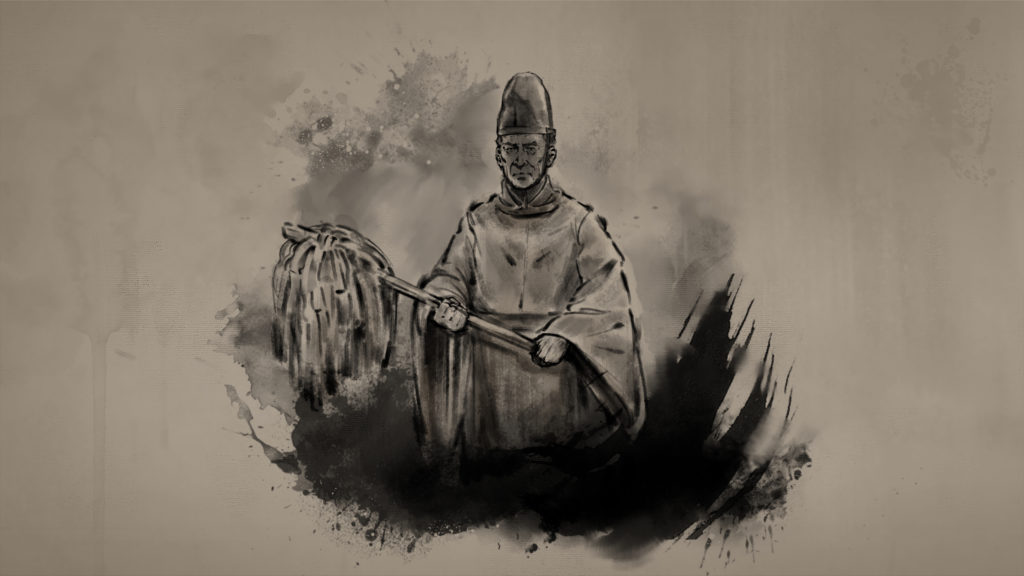
Harae is the general term for ritual purification in Shinto, which is one of the four essential elements of a Shinto ceremony. Harae rites have been practiced for centuries. The aim of harae rites is to purify pollution or wrongdoing (tsumi) and impurity (kegare) from the body. These encompass not only guilt but also negative aspects of life such as misfortune and illness. The origins of harae can be traced back to the Kojiki legend of the deity Izanagi-no-Mikoto. After journeying to Yomi, the realm of the dead, Izanagi underwent a cleansing ritual to rid himself of impurities.
During the Edo period, harae rites were used in religious ceremonies, festivals, and everyday life. For example, it was common for people to perform harae before entering a sacred place, such as a shrine or temple. They also purified themselves before performing a task that required purity.
There were simple forms of ritual purification, such as rinsing one’s face and hands with pure water in the temizu-ya ritual. This ritual was meant to make one clean enough to respectfully approach the kami at a shrine. Other harae rituals were performed by Shinto priests, who would use a variety of tools and techniques. These rituals often included offerings of water, salt, and other sacred items. They also featured the chanting of prayers and a wooden wand called a harai-gushi which sometimes had strips of white paper of flax affixed to one end.
While the Edo period was known for its strict social hierarchy and adherence to tradition, harae was a practice that transcended class and status. It was performed by people from all walks of life and was seen as a way to achieve spiritual purity and a closer connection to the divine. Even today, harae rituals are observed in Japan.
In Tale of Ronin, players may be required to have certain rituals performed to enter specific buildings or complete different tasks. Respecting the kami is a part of everyday life. Refusing to purify oneself may lead to unfortunate consequences.